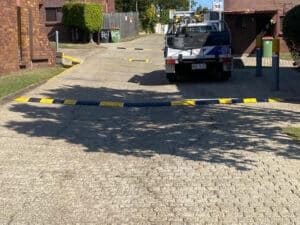
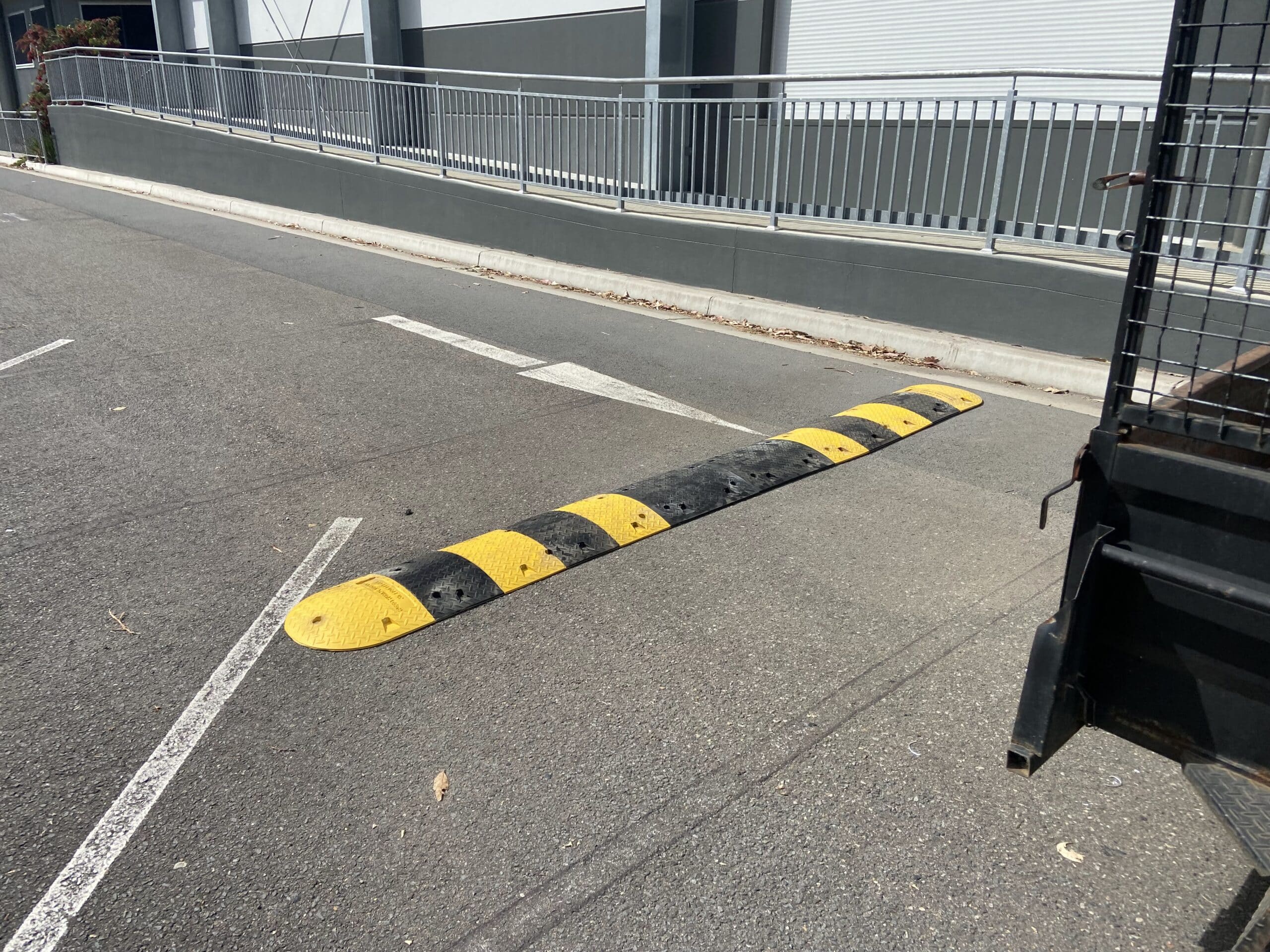
For many body corporate managers, complaints about speeding, poor traffic flow, and pedestrian near-misses feel like an unsolvable part of strata life. No matter how many signs go up or warning emails are sent, it often feels like you’re stuck in a loop of frustration. But what if the solution didn’t take months of meetings or committee headaches?
Here’s how one Brisbane strata complex eliminated a long-running problem in just one afternoon.
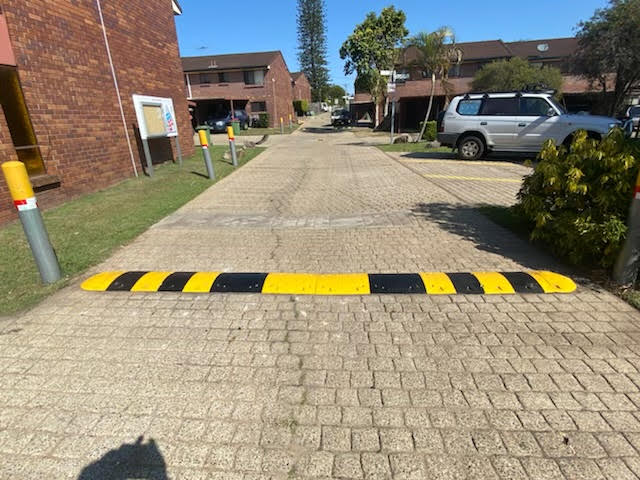
This strata complex was like many others, initially designed in the early 2000s, the internal driveway and shared car park catered to fewer vehicles and less aggressive driving habits.
Fast-forward to today:
Residents had reported issues like:
And the most common complaint of all? Speeding! Particularly by non-residents who didn’t know or care about the layout.
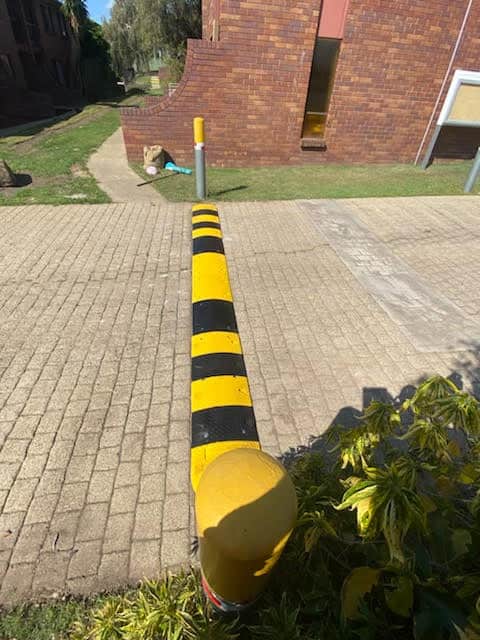
To their credit, the committee didn’t want a band-aid fix. They also didn’t wish for a six-month battle over budgets and complaints about new rules.
So, they reached out to us with a clear brief:
“We need to slow down traffic and make the layout safer, without sparking a revolt from the residents.”
We started with an on-site assessment, walking the full length of the internal driveway, shared bays, and pedestrian access points.
Here’s what we found:
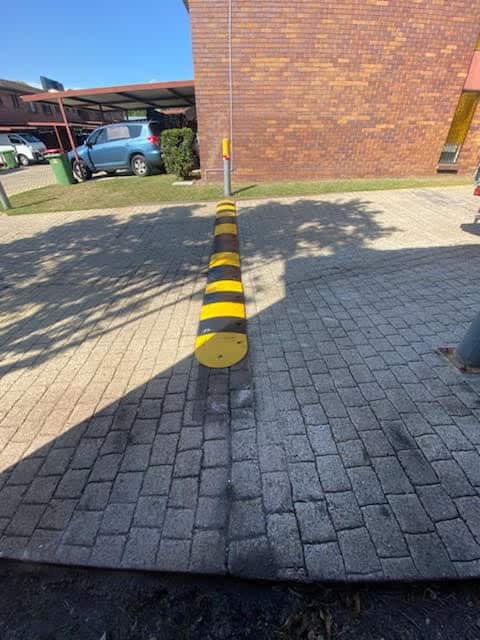
The entire solution came down to three core safety products — and one bright layout plan.
We installed four rubber flat-top speed humps across the key travel lanes:
Why flat-top? They force vehicles to slow down to crawl, not just tap the brakes. The 50mm profile strikes the right balance.
We added two recycled rubber wheel stops near reversing points where cars often rolled into shared paths or garden beds. The goal?
This wasn’t just about products — it was about perception.
We repainted:
These subtle cues help drivers self-correct without enforcement.
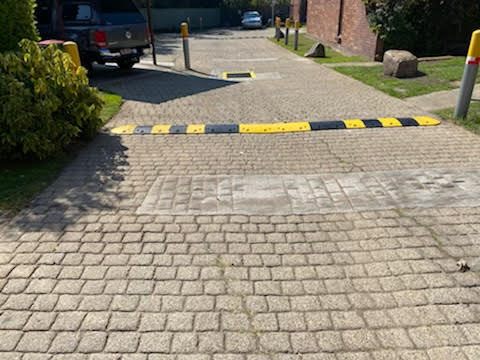
Here’s the part most body corporates won’t believe:
We completed this entire upgrade in under 4 hours.
By scheduling the installation:
Residents came home with a safer, more straightforward layout without inconvenience.
We followed up with the committee two weeks later. Here’s what they reported:
✅ Zero new complaints since the install
✅ Multiple residents gave positive feedback, especially parents and older residents
✅ Delivery drivers were noticeably more cautious
✅ Foot traffic near accessways felt safer
One committee member told us:
“I honestly expected at least a few grumbles. But instead, I’ve had people say, ‘Why didn’t we do this sooner?’”
This wasn’t a miracle. It resulted from choosing the right products, not overcomplicating the solution, and acting before things worsened.
Key lessons:
If your strata complex is facing the same issues:
Don’t wait for a claim or a confrontation to trigger action.
We offer free on-site safety audits tailored to residential and mixed-use complexes. We’ll walk the site, map out the high-risk zones, and recommend the right upgrades for your layout and budget.
You don’t need a complete redesign to fix a safety issue in your strata car park. Sometimes, the answer is just four-speed humps, two-wheel stops, and a well-timed afternoon.
And that’s precisely what got one Brisbane complex off the complaint treadmill — for good.

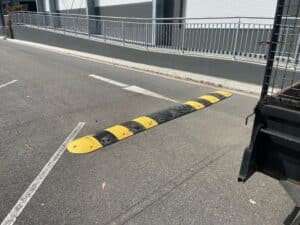

For 10 years, our focus has been on one thing: to provide one style of product and to do it well.
Our wheel stops, speed humps and rumble bars meet Australian Standards, don’t fade, and we’ve never needed to replace one.

For 10 years, our focus has been on one thing: to provide one style of product and to do it well.
Our wheel stops, speed humps and rumble bars meet Australian Standards, don’t fade, and we’ve never needed to replace one.